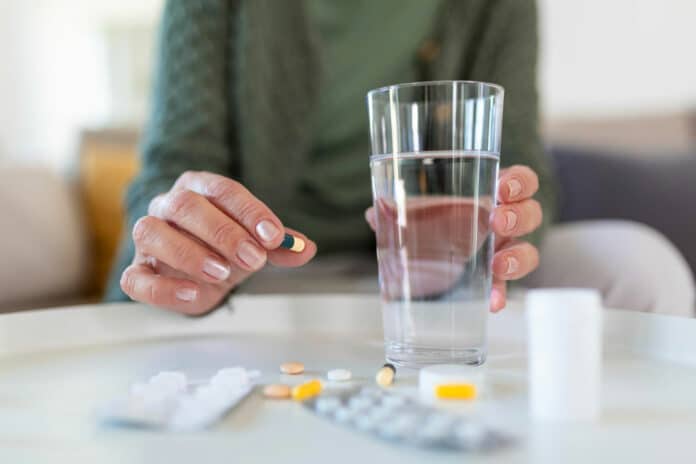Two new pharmacological possibilities for treating addiction and depression have been created by scientists and are based on the pharmacology of the traditional African psychedelic plant medicine known as ibogaine. These novel substances were able to reduce both disorders’ symptoms in mice at relatively modest doses.
Scientists took inspiration from ibogaine’s impact on the serotonin transporter (SERT). The serotonin transporter (SERT) removes synaptic serotonin and is the target of anti-depressant drugs. SERT adopts three conformations: outward-open, occluded, and inward-open. All known inhibitors target the outward-open state except ibogaine, which has unusual anti-depressant and substance-withdrawal effects and stabilizes the inward-open conformation.
To locate molecules that suppressed SERT similarly to ibogaine, a team of researchers from UCSF, Yale, and Duke universities digitally screened 200 million chemical structures.
Ibogaine is known for treating addiction. However, it is not a very good drug. It has bad side effects. These newly discovered compounds mimic just one of the ibogaine’s many pharmacological effects and still replicate its most desirable effects on behavior, at least in mice.
Several scientists worked to demonstrate the real-world promise of these novel molecules.
Isha Singh, Ph.D., a co-first author of the paper who did the work as a postdoc in Shoichet’s lab, said, “This kind of project begins with visualizing what kinds of molecules will fit into a protein, docking the library, optimizing, and then relying on a team to show the molecules work. Now we know there’s a lot of untapped therapeutic potential in targeting SERT.”
Brian Shoichet, Ph.D., co-senior author and professor at the UCSF School of Pharmacy, said, “Ibogaine binds to hERG, which can cause heart arrhythmias, and from a scientific standpoint, it’s a ‘dirty’ drug, binding to lots of targets beyond SERT. Before this experiment, we didn’t even know if the benefits of ibogaine came from its binding to SERT.”
It was the first time a transporter, as opposed to a receptor, was used in a docking experiment by the Shoichet lab. From 200 million molecules in the virtual library, just 49 could be synthesized after one docking round. Scientists put them to the test and discovered that 13 blocked SERT.
The team then held virtual-reality-guided “docking parties” to help Singh prioritize five molecules for optimization. The two most potent SERT inhibitors were then underwent rigorous testing on animal models of addiction, depression, and anxiety.
Shoichet said, “All of a sudden, they popped—that’s when these drugs looked a lot more potent than even paroxetine [Paxil].”
One of the two drugs, dubbed ‘8090, fit into SERT at the atomic level. It closely resembled as scientists’ computer model predicted. Like ibogaine, the drugs blocked SERT. However, unlike the psychedelics, their effect was strong and selective, with no negative side effects on a panel of hundreds of other receptors and transporters.
With this potency, scientists see a better therapeutic window without side effects.
Journal Reference:
- Isha Singh, Anubha Seth et al. Structure-based discovery of conformationally selective inhibitors of the serotonin transporter. Cell. DOI: 10.1016/j.cell.2023.04.010
